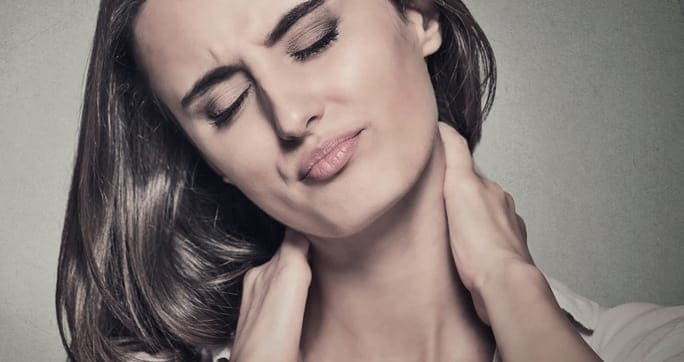
The junction where your head attaches to your neck, called the cranial cervical junction (CCJ), is held together and kept stable by strong ligaments called the nuchal and supraspinous/interspinous (SS/IS) ligaments. The ligaments hold the head on, and hold the uppermost spinal vertebrae, C1, C2 and C3, together.
Over time, due to aging, trauma or disease, the ligaments can become lax or injured, causing instability in the CCJ. Consequently, joints may move around too much, leading to arthritis, and muscles, nerves and connective tissue may become overstretched, creating pain and neck instability.
Until recently, it was thought that the ligaments and muscles of the neck were completely independent from the dura, the protective covering of the brain and spinal cord. The dura contains cerebral spinal fluid (CSF), which flows about the spinal cord and brain, helping to deliver nutrients, remove waste, provide shock absorption and maintain ideal brain temperature. The dura itself has a pain-sensitive nerve supply.
Recently, scientists discovered a new set of ligaments, collectively called the ventrodural ligament, or VDL, that attach directly to the dura. They also discovered that the rectus capitus posterior minor (RCPMin) muscle, located between C1 and the base of the skull, also attaches to the dura. These discoveries are huge, because they contradict the idea of the dura being independent of the muscles and ligaments of the neck, which has enormous repercussions for both practitioners and patients.
Procedures and treatments that affect the brain and spinal cord require specialized knowledge and expertise. The head and neck specialists at NYDNRehab understand the important ways in which weakness and instability in the neck can affect the brain and spinal cord. We offer the safest and most innovative treatment methods, with the goal of restoring healthy function and improving our patients’ quality of life.
Dr. Lev Kalika is a world-recognized expert in musculoskeletal medicine. with 20+ years of clinical experience in diagnostic musculoskeletal ultrasonography, rehabilitative sports medicine and conservative orthopedics. In addition to operating his clinical practice in Manhattan, he regularly publishes peer-reviewed research on ultrasound-guided therapies and procedures. He serves as a peer reviewer for Springer Nature.
Dr. Kalika is an esteemed member of multiple professional organizations, including: